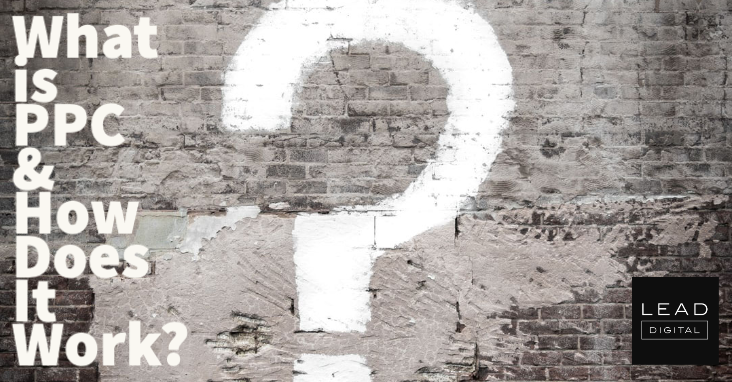 If you are wondering what PPC is, then let me tell you that you are already familiar with it. Don’t be amazed if I say that the advertises you see when you are on the Search Engine Result Page (SERP) is something that uses the concept of Pay-Per-Click.
If you are wondering what PPC is, then let me tell you that you are already familiar with it. Don’t be amazed if I say that the advertises you see when you are on the Search Engine Result Page (SERP) is something that uses the concept of Pay-Per-Click.
If you have heard about PPC marketing and wish to learn about it in details, or you are already aware what PPC marketing is, and you want to implement it in your start-up or business but can’t figure out on how to get started, then you have landed on the right page.
What is PPC?
An online advertising approach used by the website to increase the traffic is known as PPC (Pay Per Click). The advertiser pays to the publisher every time the ad gets clicked. With the search engines, the advertisers bid on each click’s value depending upon the platform, keyword, and the type of audience that the ad originates. The campaign goal of using PPC marketing can be anything, say generating leads, increasing sales, or even for promoting brand awareness.
Pay Per Click is all about relevance. Users search for information, products, or services at any given time. At the exact moment when the search takes place, the advertisers have the power and ability to show the targeted ad to the user. For example, if a user searches for a “black watch,” an advertiser can show an ad relevant to the “black watch.” Hence, it could be seen with the help of the picture below that how an advertiser through both – account structure and targeting setting run a successful PPC campaign. If you wish to understand and master the strategy, you should get the PPC training.
Pay per click is mostly associated with the first-tier search engines like Google Ads, Microsoft Advertising ( formerly Bing Ads ), and Amazon Advertising. Let us learn about them in brief.
Google Ads
Google Ads is the largest PPC platform. This medium makes it easy for you to show the world what’s unique about your business, product, or service to reach customers searching for what you offer. First, you need to set the goal, decide where you want to advertise your business, product, or service, highlight what’s best about your business by creating a short three sentenced message, set your budget, and get your advertising go live.
Microsoft Advertising
Microsoft advertising runs on similar lines with Google Ads. Microsoft advertising shows ads on the Microsoft and Yahoo networks. This platform is primarily based on keywords, and it also utilizes its search partners for advertising.
Amazon Advertising
Amazon Advertising is again a PPC platform where you can help Amazon customers and users discover and purchase products which you sell on Amazon with ads that appear in search results and on the product pages. Firstly, select the product you wish to advertise, decide your targeted keyword, and the bid amount per click, lastly get started with a budget, and get your ad created in minutes.
What is Campaigns and Ad groups?
Advertisers usually begin with choosing an appropriate keyword theme and creating an individual campaign.
For example, a PPC marketing professional may create a campaign with the theme “Content Marketing.” Within this campaign, an individual can put themed subcategories, called ad groups.
The ad groups may include:
Content Marketing Course,
Content Marketing Training,
Content Marketing Certification.
Each of these ad groups then contains a variety of themed keyword. For example, the “Content Marketing Training” ad group may include these keywords:
Content Marketing Training Online
Content Marketing Training with Certificate
Content Marketing Training for beginners
What are Keywords?
The content on your page is described using keywords. They are the ideas and topics which best define what your content is about. Each keyword must be assigned with a match type. The keyword match types have seven variants which are:
Exact: The query is typed as it is.
Exact (Close Variant): The query is typed precisely, but it might include some misspellings or other variants.
Phrase: The query must be typed in the correct order.
Phrase (Close Variant): The query must be typed in the correct order, but it might include some misspellings or other variants.
Broad: The query can be in any order and will show an ad for similar searches.
Modified Broad: The query can be in any order but should contain the “+” sign for each term.
Broad (Session-Based): Must include other queries which the user can search. – Read more



